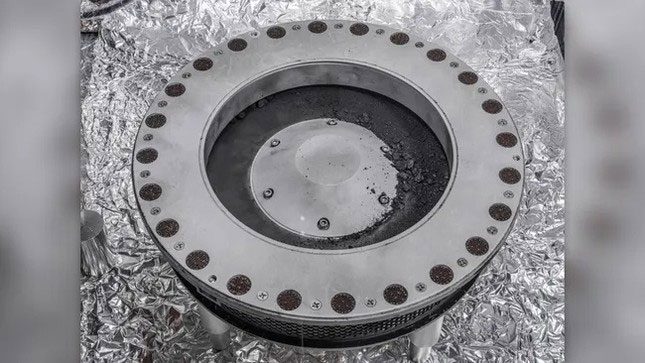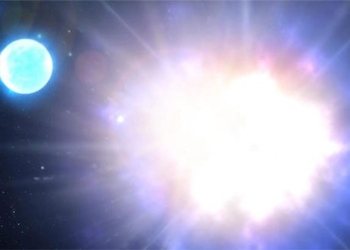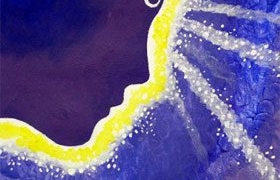Scientists have discovered signs of organic molecules in the first samples from the asteroid Bennu, a potentially hazardous asteroid.
As part of a mission to search for clues about the origin of life on Earth, NASA’s OSIRIS-REx spacecraft collected pieces from the asteroid Bennu at the end of 2020 and returned them to Earth about two months ago. Recently, scientists have obtained the first detailed description of this extraterrestrial collection.

External image of the OSIRIS-REx sample collection. Material samples from the asteroid Bennu can be seen in the middle right. (Photo: NASA/Erika Blumenfeld & Joseph Aebersold).
Dante Lauretta, the principal investigator for the mission, stated at the American Geophysical Union: “There is certainly a rich abundance of organic, water-bearing remnants from the early solar system, which is exactly what we hoped for when we first conceived this mission nearly 20 years ago.”
Lauretta, a professor of planetary science and cosmochemistry at the University of Arizona, USA, noted that the fragments of the 3 billion-year-old asteroid found so far are located on the outer lid of the sample capsule and are very rich in carbon and organic material. He mentioned that all particles are very dark in color and include rocks ranging from centimeters to millimeters in size. They cling to everything we touch.
The OSIRIS-REx spacecraft was designed to touch the asteroid Bennu for six seconds, but it ended up sinking into the surface of the asteroid to a depth of 0.5 meters over 17 seconds. This probe collected so much material that particles began to leak from the head of the sample collector – but they remain protected inside its outer lid.
While waiting for new tools approved for use on the precious stones, they had to use tweezers to pick up small rocks through a partially open lid, with a total collected mass of 0.07 kg – exceeding the predicted amount of 60 grams.
Some of this material has been sent for spectral analysis at the Reflectance Experiment Laboratory (RELAB), a NASA-supported facility in Rhode Island, while others have been sent to the Natural History Museum in London.
Initial findings using spectral methods, a scientific technique that reveals the structure of materials by studying how they reflect different wavelengths of light, show a prominent spectral signature in blue.
Lauretta remarked: “The blue color is currently unexplained, but it’s possible that these extraterrestrial rocks contain even more water than scientists initially predicted.”
This material also contains significant amounts of magnesium, sodium, and phosphorus, a combination that continues to puzzle the research team.





















































